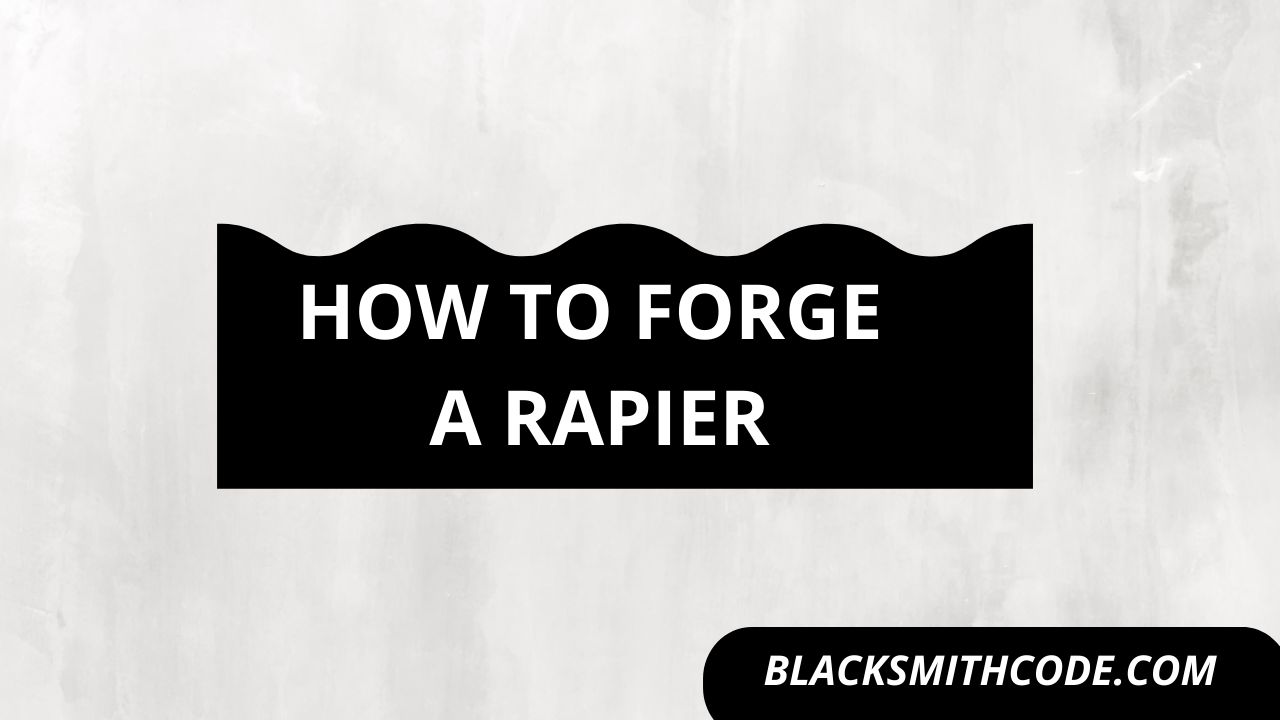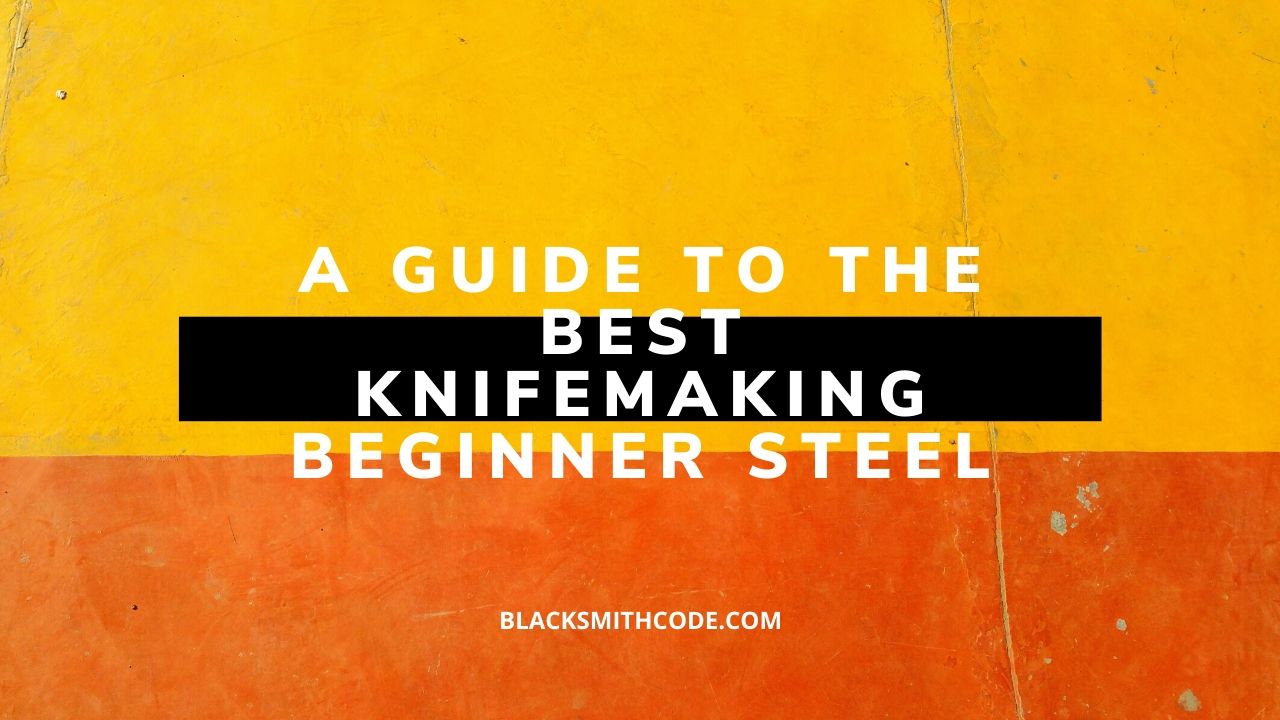Have you learnt about kukri and you are wondering how to forge them without much hassle? There are steps for you to follow when forging a kukri to mitigate the stress in the process.
Kukris are native to Nepal. The kukri is a type of machete used by Indians and Nepalis. Some people also call it khukuri.
The kukri is useful as a weapon and also as a tool. It is a popular weapon in India. This tool has a company of two knives, one with a sharp edge for cutting and the other with blunt edges for sharpening.
The kukri’s usefulness varies from chopping, cutting, skinning, digging, slaughtering, and even fighting. To forge this tool is essential and as important as the forging is, knowing the steps to forging is likewise crucial.
The steps to follow when forging your kukri are simple and effective. Following these steps guarantees you perfect results after forging. The steps to take are as follows:
Essentials
To forge your kukri, you will require the use of some tools. These tools include:
Forge
File
Instructions on How to Forge a Kukri
Step 1: Get Your Materials
Many people overlook this step; hence they take it with little regard. Getting your materials is simple, secure, and straightforward, but getting the right metal is the main deal.
You can use many materials to forge your kukri, but not all the metals will provide you a good kukri. One of the best metals to use is steel. Steel is a very durable, high-quality metal used in forging.
A recommended metal to use in forging is steel. There are also other metals used in forging, but steel is what most people use.
Step 2: Have A Design For The Kukri
The kukri has a typical structure. The kukri has a curved and sharp blade with a wooden handle to ensure grip. But, instead of forging the conventional style of a kukri, you can add some uniqueness to your kukri.
Now, this is why you need a design. The design shows the structure you intend to forge your kukri. Every uniqueness you want should be in your design. Your plan is a paper template for your kukri.
Step 3: Heating
Forging steel is easily accessible only when the metal is malleable. Malleability is a quality of metal that defines how easy it is to beat and shape metal. And to make metal malleable, you have to heat it.
Note:
- You should place the steel in a forge or blast furnace for heating.
- You should heat the metal for some minutes until it becomes red hot.
Step 4: Forge Your Kukri
As long as the steel is hot, forging will be easy, so you should always forge while the metal is hot. The hotter the metal, the easier it will be to forge.
The steel will have two parts which are the upper end is for forming the blade, and the downside for forming the handle.
Quick Steps
You should create the shape of your kukri with the following steps:
- Beat a part of the steel into the blade and shape the other part to serve as the handle.
- Bevel your steel to form its curved shape. You can make it curved by hammering it over a steel rod.
- Continue the process until you have a desirable outcome.
Step 5: Grinding
After forging, you should grind your kukri. The grinding will make the surface of the kukri smooth. The grinding can also help the kukri’s blade take its shape.
You can make use of a belt grinder to grind the surface of the kukri. You can also make use of any other type of grinder; and you might not compulsorily use a belt grinder.
Step 6: Reheating
The grinder will make the blade smooth but not harsh. To make the edge strong, you have to place the blade in a forge for reheating. You should heat the blade once again for a while before retrieving from the forge.
Step 7: Quenching
After reheating the blade, you should quench it in quench oil. You should dip the edge of the blade first before lowering the whole kukri. Doing this will enable the side to be tough, hard, and cut through materials.
Pro Tip
Quenching is essential in forging. You shouldn’t omit this part of forging as it performs a crucial role in blacksmithing as a whole.
Step 8: Sharpening
What is the essence of your kukri if it is not sharp? One of the qualities of a kukri is having a very sharp edge. You should sharpen the side of the blade to make it meet the requirement of a perfect kukri.
You can sharpen the blade with the use of a file or an angle grinder. Also, you can make use of other sharpening tools.
Step 9: Finishing And Adding Handle
The finishing is also a significant step in forging. The finishing includes polishing the kukri and making some corrections in the structure of the kukri. Adding the handle to the kukri is also a finishing process.
FAQs on How to Forge a Kukri
Question
Can a blacksmith forge a sharp kukri that can cut through bones?
One of the usefulness of a kukri is slaughtering and butchering. Butchers make use of kukri to kill and cut meat. There are bones in the flesh they cut, and kukris cut through the bones successfully.
Blacksmiths make these kukris that cut through bones. So, blacksmiths can forge a sharp kukri.
n hot water. You may have to change the water few times.
Question
Can you forge a kukri from other metal aside from steel?
As long as the metal meets the forging requirements, you can use it to form your kukri. Apart from steel, you can forge a kukri from other metals.
Question
Is it legal to forge a kukri?
It is legal to forge a kukri. As a blacksmith, you have the license to forge a kukri. If you have also secured your permission for selling, you can also sell.
Video
Warnings
Here are some precautions to take when forging a kukri;
- Always make use of the tool that fits the task.
- You should always have your protective wears on you.
- Handle hot substance with care and cautiousness.
- Be careful of the fire outbreak.
- Always have a fire extinguisher.





